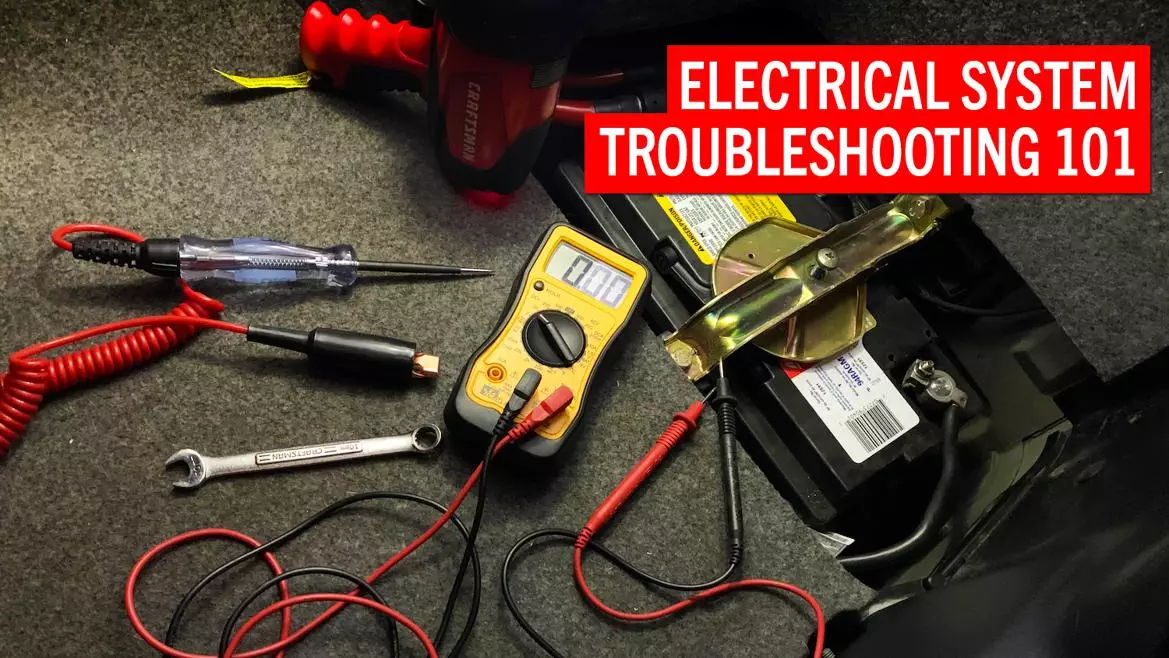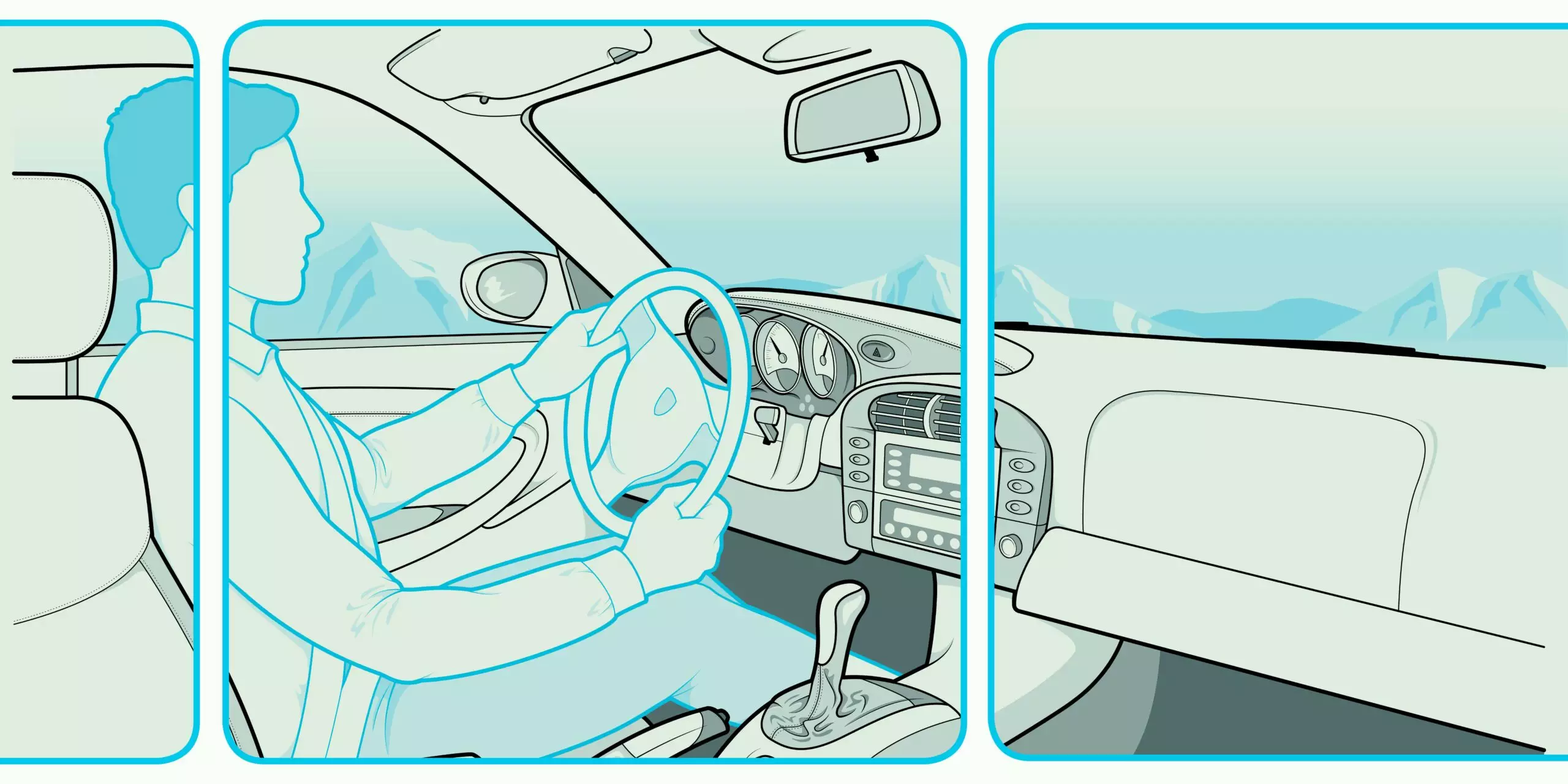
What Everyone Ought to Know About Troubleshooting Issues with Your Car’s Electrical System
Ever found yourself with a car that simply won’t start or lights that flicker unexpectedly? Troubleshooting issues with your car’s electrical system can seem puzzling, especially when you’re just trying to get on with your day. Understanding what might be going wrong can save you time, frustration, and maybe even some cash. By learning how to tackle common car electrical system problems, you’ll feel more confident whenever you encounter a mysterious automotive quirk.
Problems like car battery issues, alternator problems, or starter motor issues are more common than you might think. You might also run into electrical wiring faults or find yourself needing to dive into some fuse box troubleshooting. However, you don’t need to be an expert mechanic to handle these. Knowing a few simple tricks for vehicle electrical system diagnosis can make a big difference.
Ready to become more savvy with your car’s electrical mysteries? Let’s dive into some practical tips and insights that will help you easily navigate these challenges. Your car’s health is about to become a lot clearer.
In the article
Troubleshooting Issues with Your Car’s Electrical System
Your car’s electrical system is like its nervous system. When it acts up, it can affect your vehicle’s performance. So, how do you start troubleshooting issues with your car’s electrical system? First, learn to recognize common signs of trouble.
Understanding Common Car Electrical Issues
Have you ever turned the key and your car won’t start? This is a frequent signal of electrical trouble. You might also notice the battery keeps dying or flickering lights. These signs can hint at car electrical system problems.
But what should you do when these issues appear? Pay attention to any unusual smells or burning odors. These can indicate an electrical short circuit. Sudden changes in the car’s performance can be due to blown fuses. Recognizing these signs helps you address the right problem.
Steps for Automotive Electrical Troubleshooting
Now that you know the signs, let’s move to steps for automotive electrical troubleshooting. First, gather the basic tools needed for the diagnosis. A multimeter is essential. You might also need wrenches or screwdrivers to access certain parts.
Begin by following a logical process. Start with the simplest solutions like checking the battery. Examine its connections and ensure they’re tight. If the car battery is good, move on to the alternator and then the starter motor.
What if you’re unsure where to begin? Look into the car manual. It often has a section for car electrical system problems. The manual provides a guide on potential issues and their solutions.
Key Problem Areas in Car Electrical Systems
Understanding the key problem areas can save you a lot of headaches. Let’s identify frequent fault spots that often cause trouble.
Car Battery Issues
Car battery issues are quite common. Start by checking the battery connections. Loose connections can lead to power loss. Make sure they’re snug and free of corrosion.
Next, test the battery charge level. You can use a multimeter for this task. A charged battery should read about 12.6 volts or more.
Also, consider the battery’s age. Most batteries last around 3-5 years. If yours is older, you might be due for a replacement. Keep it simple by tracking the battery’s age and performance.
Alternator and Starter Motor Issues
Alternator problems and starter motor issues are other common culprits. Listen for unusual noises when starting the car. A grinding or whirring sound can indicate trouble.
Inspect for physical damage on these components. Look for any wear or broken parts. An alternator not charging properly can drastically affect your battery’s performance.
Finally, measure voltage output with the multimeter. The alternator should have an output between 13.7 and 14.7 volts. If not, it might be time for a replacement.
Diagnosing and Fixing Electrical Wiring Faults
Electrical wiring faults can be tricky. However, understanding them is crucial for effective troubleshooting.
Fuse Box Troubleshooting
Start with fuse box troubleshooting. The first step is to locate the fuse box. It’s typically under the dashboard or in the engine compartment.
Once found, identify any blown fuses. A blown fuse diagnosis involves checking if the wire inside the fuse is broken. If so, replace it with one of the same size and type.
Are you finding blown fuses consistently? This could point to a deeper problem with the electrical system, possibly an electrical short circuit.
Vehicle Electrical System Diagnosis
Vehicle electrical system diagnosis requires using a multimeter effectively. You can check voltage, current, and resistance with this tool. However, always follow safety instructions to avoid injuries.
Does the problem persist? It could be due to electrical wiring faults within your vehicle. In such cases, check for damaged wires or exposed connections. Fixing these can often resolve the issue.
Sometimes, car electrical system problems are complex. So, never hesitate to reach out to a professional for further help. At times, calling in an expert can save you from costly mistakes.
Wrap Up: Mastering Your Car’s Electrical Challenges
You now have a solid grasp of handling car electrical system problems. By understanding common issues like alternator troubles and battery concerns, you’re better equipped to keep your vehicle running smoothly. This knowledge gives you confidence to tackle problems efficiently and can help you avoid costly repairs.
Start with a simple inspection of your car’s battery and check the fuse box for any blown fuses. If you notice something unusual, such as dim lights or difficulty starting the car, it’s time to review these areas closely. This small step can save you a lot of headaches down the road and get you ahead in automotive electrical troubleshooting.
Go ahead and take charge of your car’s electrical health today. A quick checkup can prevent future hassles and keep you driving worry-free. Stay proactive and enjoy your rides with peace of mind!




